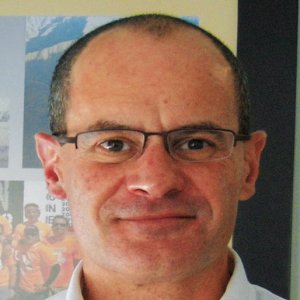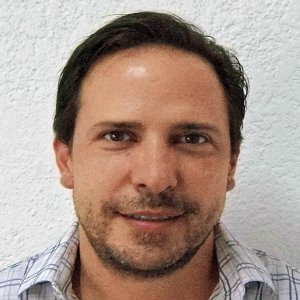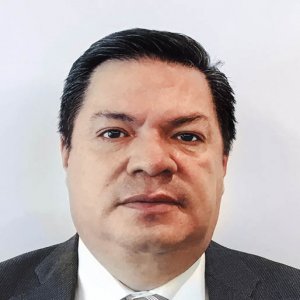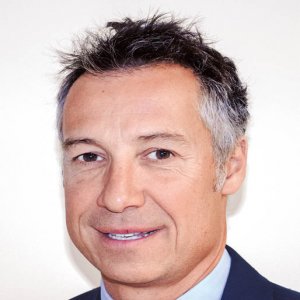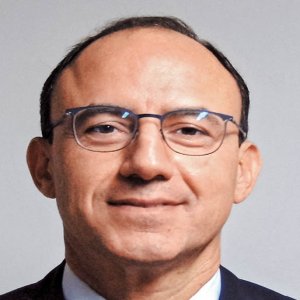Treat Now to Avoid Complications Later

STORY INLINE POST
Q: COFEPRIS is known for its strict regulatory approach. How did this impact Novo Nordisk’s operations?
A: Mexico has implemented strict regulations that have impacted the entire value chain. These restrictions are well-founded and are a natural evolution of the Mexican industry. This is a positive tendency. There are some restrictions placed on operations, but overall the standard of production in the country is positive.
Q: With the increasing number of generics companies entering Mexico, what strategy are you employing to ensure Novo Nordisk products retain market share?
A: Mexico is a market in which generics are now dominant, mostly in oral treatments, but less so for insulin and injectables. Protein products cannot be copied exactly due to the many intricacies and stages of the production process and their impact on the resulting molecule. Novo Nordisk has a broad range of innovative insulin products and injectables, so the biosimilar/generics trend has not had a dramatic effect on our business. In addition to the top products, we offer high quality previous generation products at even more affordable prices. We compete directly with biosimilars in the high volume/very low price segment, while our previousgeneration products compete in the medium price-range and our latest and most innovative products compete in the best-in-class tier.
Q: Last year, Novo Nordisk was the government’s top provider of human insulin and had the third-largest share of the overall diabetes segment. Can the company keep pace going forward?
A: Novo Nordisk is the largest insulin provider in the world, with over 50 percent of the global insulin market and 25-30 percent of the overall diabetes market. In Mexico, we are not the market leader yet and last year we had 8-10 percent of the market, depending on the segment, which is three times less than our global average. As the demand for better diabetes care and products in Mexico is growing, we are sure we will continue to grow strongly in coming years.
Q: Novo Nordisk is working on oral insulin. What would the impact be in Mexico, where diabetes rates are so high?
A: Oral insulin has been the Holy Grail of diabetes for many years, other than finding an outright cure. It would be significant in a market like Mexico, but it is not a silver bullet. In the midterm, it is more likely that oral glucagon-like peptide 1s (GLP1s) reach the market, which could offer an excellent level of glycemic control for patients, with minimal risk of lowering glucose below optimal or safe levels. The arrival of oral GLP1s will transform treatment across the globe. As a company, we are investing in both technologies, but we see oral GLP1s as a faster and better route into the oral market, which should occur in the next five to 10 years.
Q: What advantages does Novo Nordisk’s new drug semaglutide for obesity offer and why move into this segment?
A: We have been working in diabetes for more than 90 years. For us, obesity is an adjunct area that has always been very exciting, but has never been considered a disease by the community of physicians. We have developed two GLP1 molecules that work on both diabetes and obesity. One is commercially available in Mexico, called liraglutide, which is available in two formats: one to treat diabetes and a second for treating obesity. The other is semaglutide, the next generation of GLP1, which will also hopefully be used for diabetes and obesity. The current GLP1 has excellent data in terms of efficacy, safety and weight lowering effect and clinical trials with semaglutide have shown even greater promise. The good news for us is that we have made an entry into this market and we have other products in the pipeline for the next five to 10 years. We carry out many clinical trials in Mexico and the sites here are among the most efficient in the world.
Q: Just over 6,000 people suffer coagulation issues in Mexico. What is the advantage for Novo Nordisk to cater to such a small number of patients?
A: There is an unmet medical need for patients, so our products make a very real and significant difference. As a company, we only enter a therapeutic area if we can make a difference. With our strong history in molecular engineering, hemophilia is an attractive space in which e can apply this principle of synthesizing, developing, creating and producing proteins. Apart from the gratification of improving the everyday lives of people with hemophilia, it is also an attractive commercial opportunity.
Q: What is the company’s market position in the hemophilia segment?
A: For patients with hemophilia who have developed inhibitors, we are leaders with recombinant factor VIIa (rFVIIa) in Mexico, offering treatment to almost threequarters of them. From the smaller inhibitors segment, we are now entering the broader hemophilia population. Turoctocog, our new recombinant factor VIII product, entered the market in 2017 and it has been successful so far.
Q: What is the added-value Novo Nordisk provides in the growth hormone segment over its competitors?
A: We offer a constant presence and dedication to the patient. When we enter a segment or a medical need, we are there to stay. People know they can depend on us, that we will continue focusing on that area and supporting the patients for as long as there is demand for our products. We have attractive devices for patients, such as a pen instead of a needle and syringe. In addition, we support patients and doctors with education and other services.
Q: As head of Novo Nordisk Mexico, how will you contribute to Mexican healthcare over the next two years?
A: Diabetes is a problem that is too big for one company or party to solve. The public sector, the medical community,the industry and patients must all contribute in tandem. We will continue to offer attractive price points for our products to make sure that an increasing number of patients can receive better treatment. If they are using human insulin now, perhaps they could move onto modern insulin and then potentially to our best-in-class and most innovative insulin: insulin degludec.
We need to help and empower people with diabetes to take ownership of their disease, follow the regimen, do not cut corners and become really interested in achieving the best outcome, to see real progress in bending the diabetes complications curve. If patients follow this path, they may be able to avoid retinopathy, blindness or kidney disease and live a healthy life.
In most countries, pharmaceuticals represent only 10 percent of the total cost of diabetes. If people can invest that first 10 percent or even a little more to get access to better products, a big part of the other 90 percent of costs can hopefully be avoided. In Mexico, this is critical, because the system is now treating the complications of people that began suffering from diabetes 15 years ago. Since then, the diabetic population has more than doubled.
